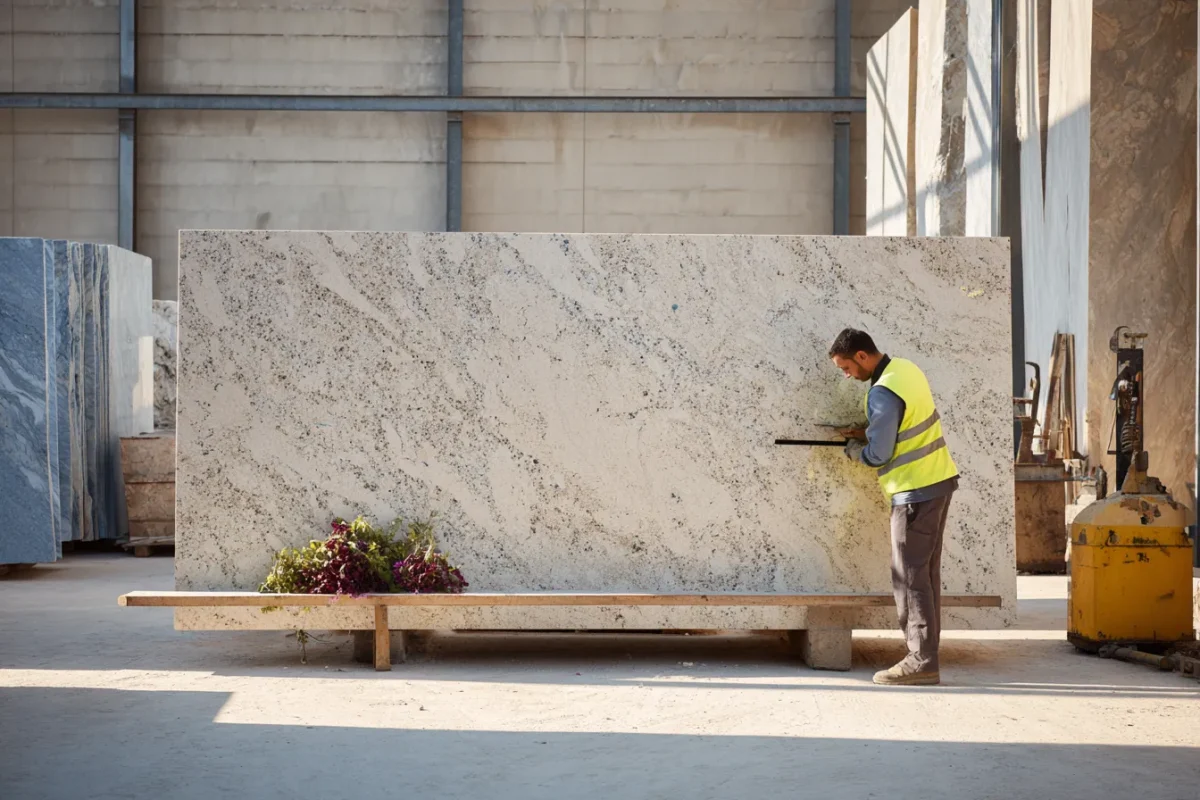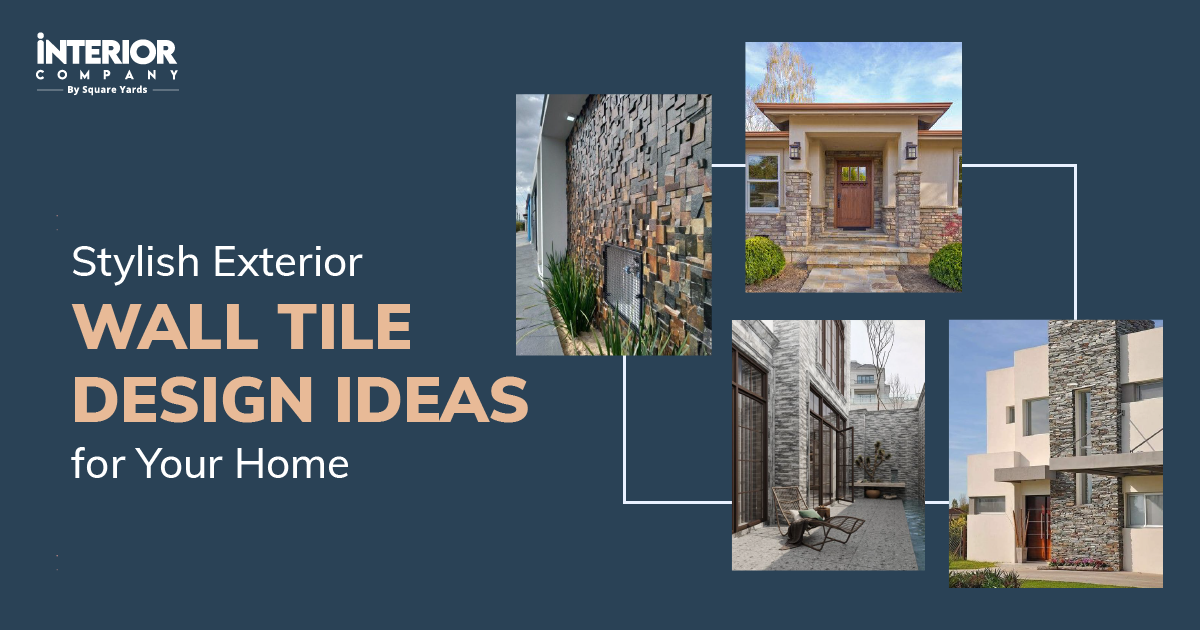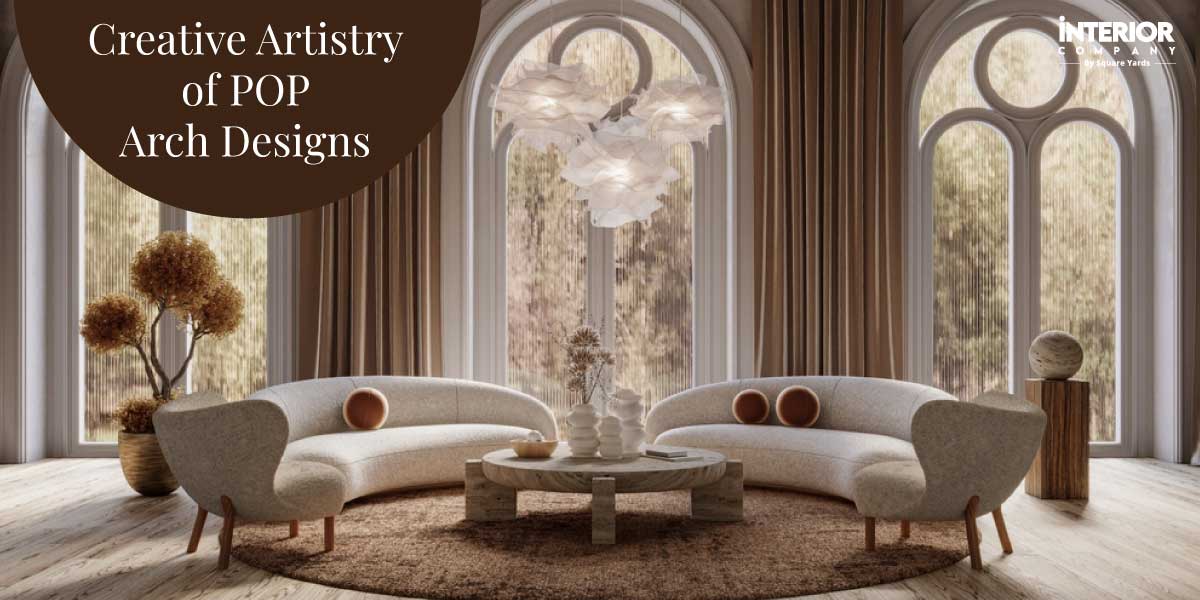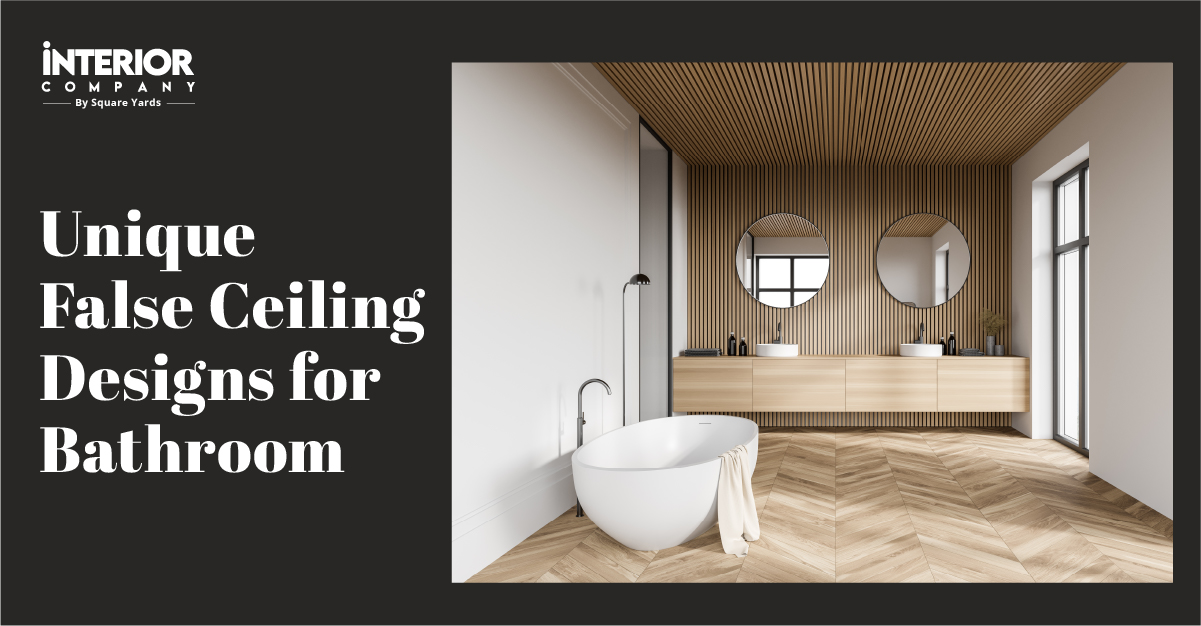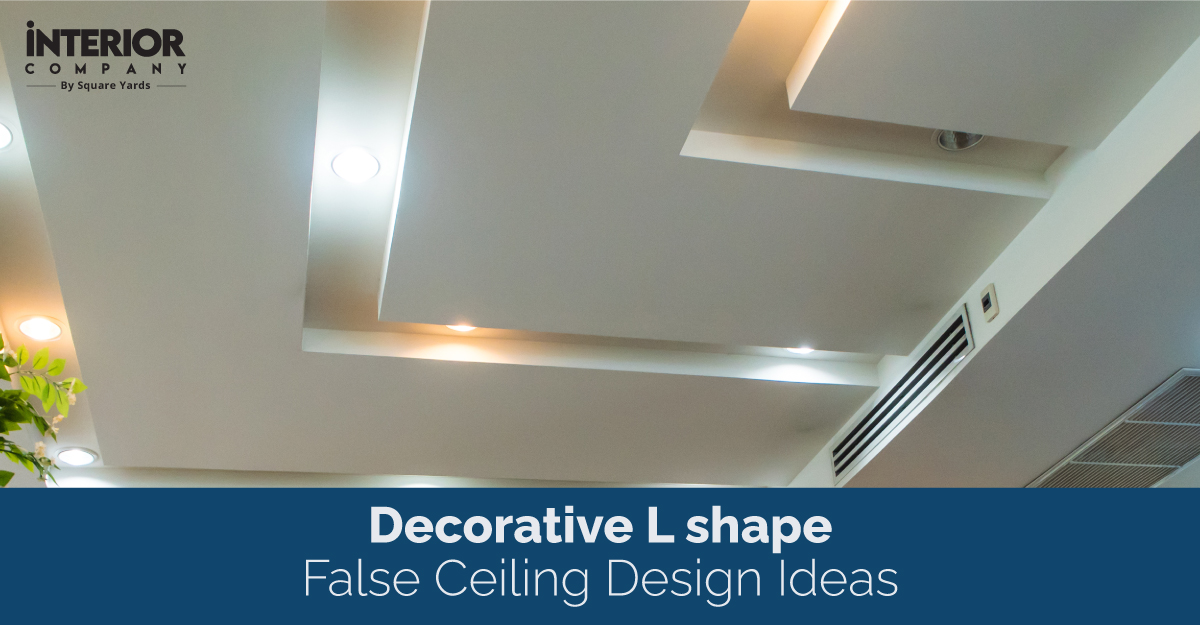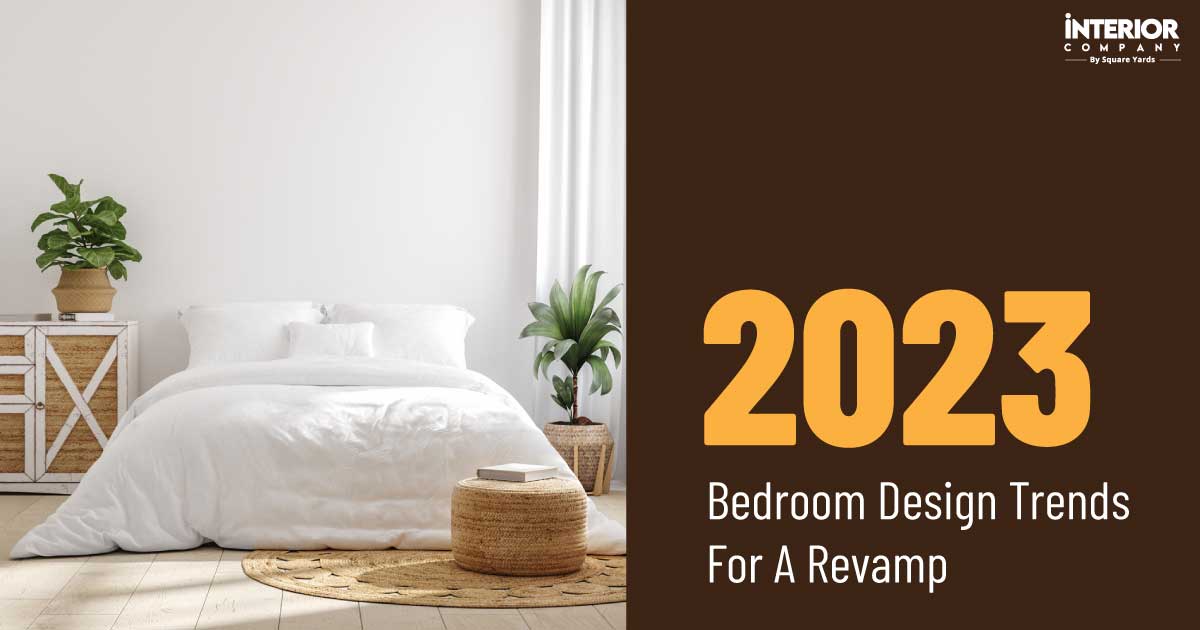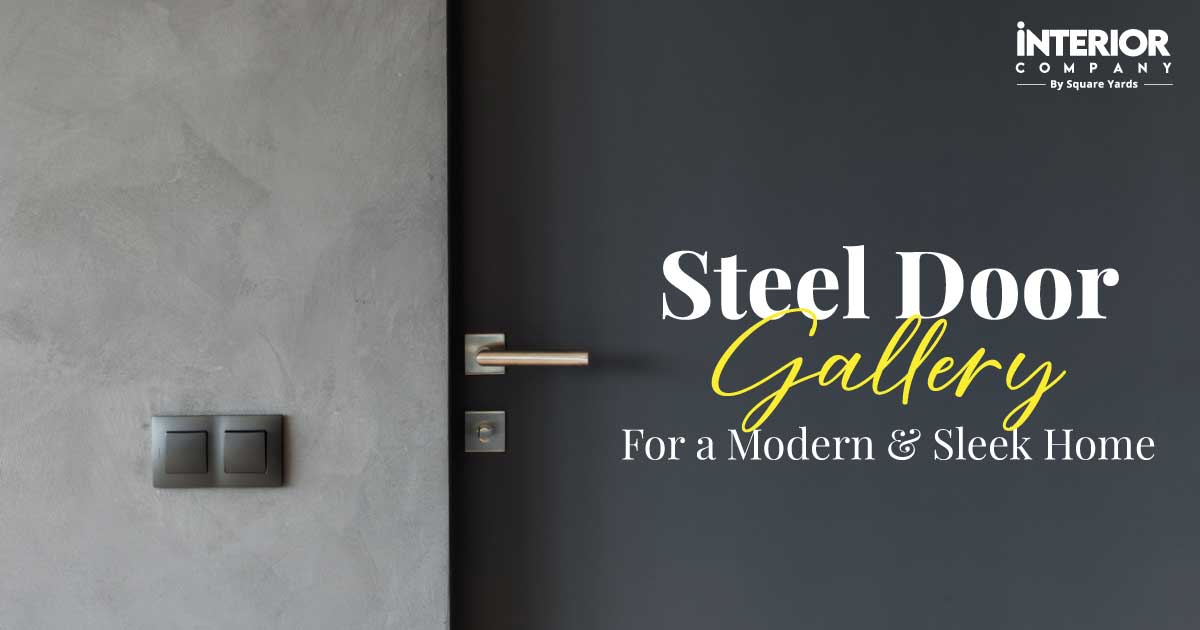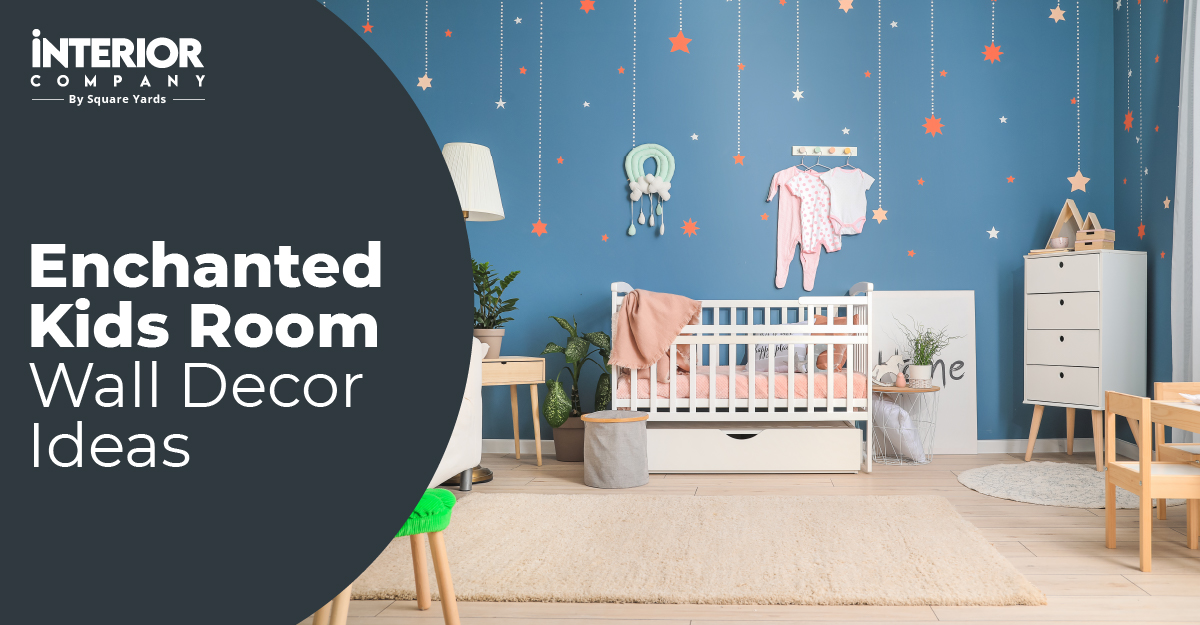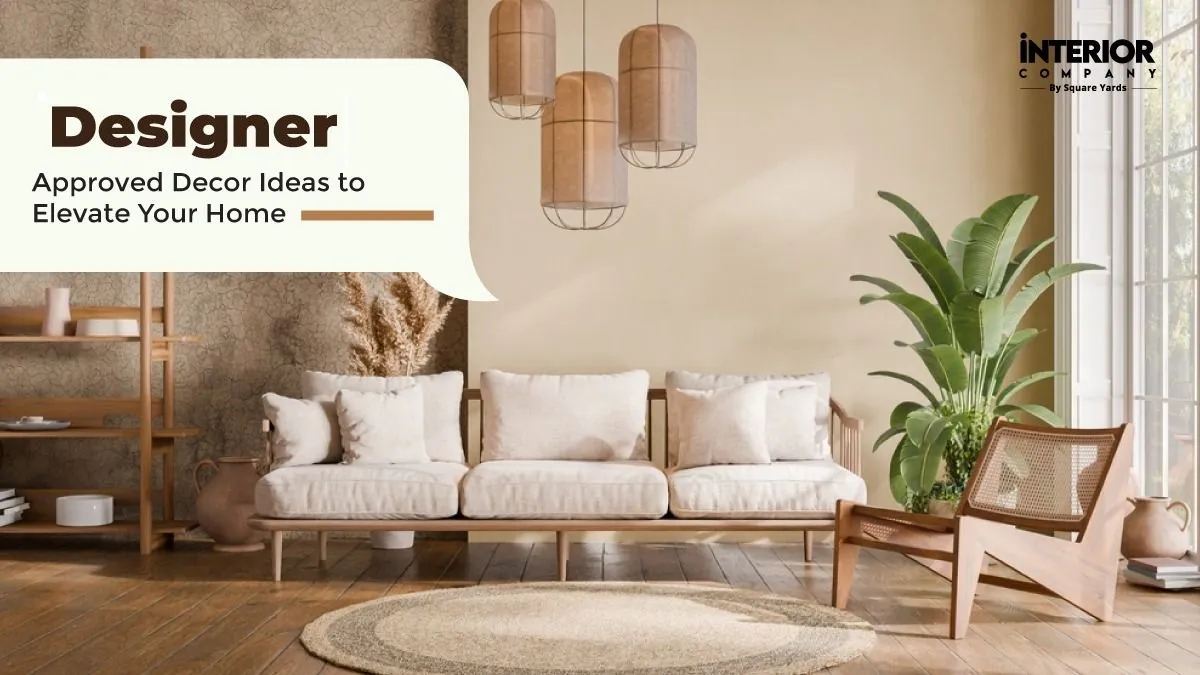- Kitchens
- Design Ideas
- Cities
- Trends
- Guides
- Price Calculators
- Our PortfolioNEW
- More
- Home
- Trends
- Construction
- Materials
- Plywood Vs Particle Board
Plywood vs Particle Board: A Comprehensive Comparison Guide
Are you in the market to buy new furniture or planning a DIY project? If so, you may be wondering about the different types of engineered wood available, such as plywood and particleboard. Both materials have unique characteristics, and thus, the question arises- which one is better? Plywood or Particleboard. In this blog, we delve into the differences between particleboard and plywood to help you make an informed decision.
Table of Content
What is Plywood?
Types of Plywood
Grades of Plywood
Advantages and Disadvantages of Plywood
What Is a Particle Board?
Types of Particle Board
Advantages and Disadvantages of Particleboard
Difference Between Plywood and Particleboard
Is Plywood Stronger Than Particle Board?
What Is the Difference Between Particle Board vs Plywood?
In a Nutshell
What is Plywood?

This type of engineered wood is made by glueing together thin layers of wood veneer that are cross-laminated, adding endurance and resistance. Plywood is available in an array of types and grades, and can be formed from different wood species, like oak, birch, and pine. It is extensively used for furniture making, be it sofas, chairs, or wardrobes.
Also Read: Difference between HDF vs Plywood
Types of Plywood

Plywood is an ideal material for making quality furniture because of its internal strength and reliability. Below are the types of plywood used in the construction process.
- Softwood Plywood: This type of plywood is made from softwood species like pine, fir, and cedar, while glued together with a strong synthetic adhesive to stay intact. It is typically used in structural construction, roofing, and flooring.
- Sanded Plywood: This plywood consists of three or more panels with cross-laminated layers of wood veneer, providing a smooth finish. It is utilised in crafting visible furniture items, such as cabinets, bookshelves, and panels.
- Structural Plywood: This type of plywood is designed for permanent structures, including framing, beams, bracing panels, and flooring.
- Hardwood Plywood: Hardwood plywood is strong, sturdy, and fabricated from hardwoods such as oak, birch, and maple. It is heavier than other types of plywood, due to its composition and needs a support load-bearing frame used in furniture, cabinetry, and decorative applications.
- Flexible Plywood: As the name says, this plywood can be moulded easily to create softer designs and is used in decorative applications.
Grades of Plywood

- MR Plywood: The most widely used variant is moisture-resistant plywood or commercial plywood. This high-quality plywood is ideal for making wall panelling and partitions and is favoured in the construction industry due to its high resistance against humidity and moisture.
- BWR Plywood: Topping the charts in terms of utility in humid areas, BWR Plywood (Boiling Water Resistant Plywood) is composed of phenolic resins and has the highest water resistance. This wrap-free plywood lends an aesthetic appeal to modern kitchen design and bathrooms.
- BWP Plywood: Boasting impressive strength, BWP Plywood (Boling Waterproof Plywood) can withstand prolonged exposure to temperatures and moisture conditions. This plywood has dimensional stability and is formed of three or more veneer sheets bonded together. It is relatively costly than BWR or MR Plywood but ensures longevity and unbeatable protection.
- Marine Plywood: This waterproof adhesive-layered plywood is used in damp areas, such as docks, boatbuilding, and other marine applications.
Advantages and Disadvantages of Plywood
| Advantages of Plywood | Disadvantages of Plywood |
| Plywood is lightweight and moisture-resistant. | More expensive than other wood-based sheets. |
| It has enduring strength and is long-lasting. | It has a rough surface and requires an extra layer of laminate or veneer for covering. |
| A versatile material, easy to mould and can be used for intricate woodwork. | It may have voids or knots in its lower grades. |
| This engineered wood is ideal for heavy furniture making, both indoors and outdoors. | Needs proper finishing. |
What Is a Particle Board?
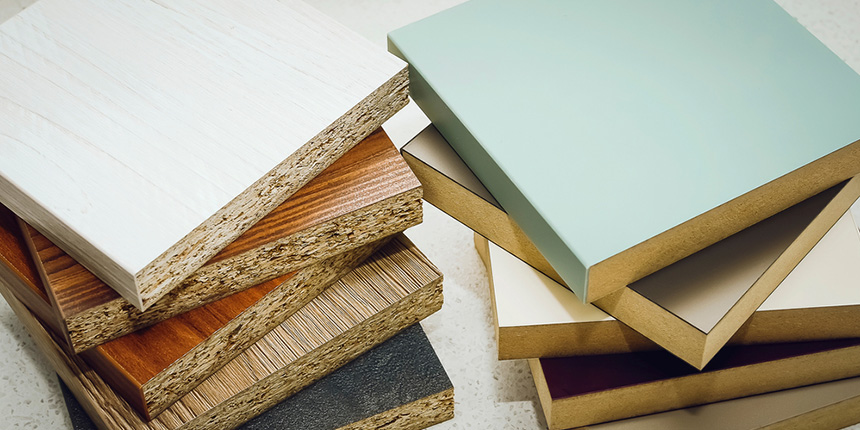
Particleboard is formed from recycled wood particles that are bonded together using adhesive and heat, making it not just eco-friendly but also inexpensive material. While comparing particle board vs plywood, it is relatively lightweight and is commonly utilised for kitchen shelves, cabinets, and other DIY furniture items.
Types of Particle Board
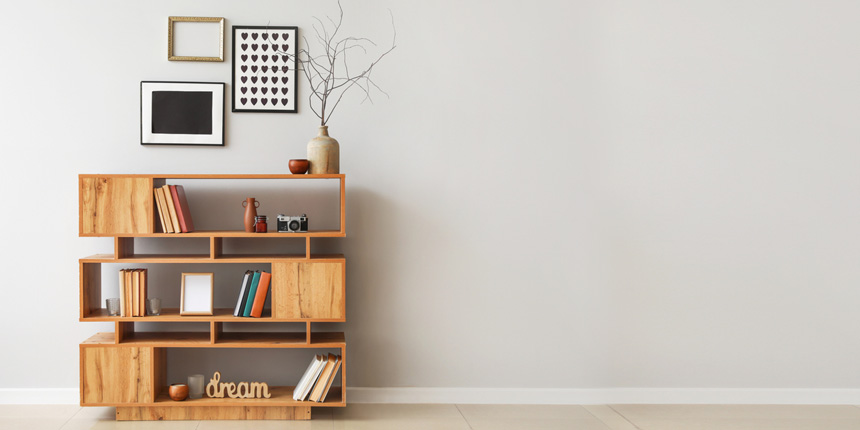
Particle plyboards, commonly known as low-density fibreboard, are used for constructing interior decor projects, cabinets, countertops, shelving, and decorative panelling, etc.
- Single-Layer: It is composed of similar size wood particles that are compressed together. This flat, dense board is suitable for interior applications and can be laminated or veneered with plastic but not painted.
- Three-Layer: If you're looking for a stronger particle board vs plywood, this three-layer plyboard is a fitting choice. It is formed of large wood particles, and sandwiched between two smaller, denser particles. This plyboard gives a streamlined surface finish and is perfect for painting.
- Graded-Density: The particleboard consists of a coarse layer of wood particles wedged between two thin layers, perfect for making cabinets and other wooden furniture.
- Melamine Board: Made by fusing melamine under high heat and pressure onto a particleboard surface, this makes for an apt choice for a wardrobe and a kitchen counter.
- Cement-Bonded: Much like its name, it uses cement as a bonding agent to keep the material intact and resistant to moisture, fire, rots, and termites. These boards are utilised to create false ceilings, fire-resistant furniture, and protective wall coverings.
- Laminated Board: It is made by adhering a thin laminate sheet to the surface of particle board enhancing the aesthetics and durability.
- Veneered Board: If you want a natural wood appearance with economic pricing, veneers are the go-to choice. They provide a more attractive look and are less prone to warping than common particle boards.
Advantages and Disadvantages of Particleboard
| Advantages of Particleboard | Disadvantages of Particleboard |
| A budget-friendly option as compared to plywood. | Poor moisture resistance and can swell or warp. |
| It has a smooth and consistent surface and provides an appealing look. | It is relatively not as strong as plywood and is durable. |
| Easy to work with, and comes in different types and grades. | Soft and brittle, and cannot handle heavy moulding. |
| It is an environment-friendly material as it’s made of scraps of lumber products. | Not suitable for heavy-application use. |
Difference Between Plywood and Particleboard
Let's explore, in detail, the difference between plywood and particleboard that will help you decide which one is the right fit for your home project.
Composition of Particle Board vs Plywood
Plywood is a type of engineered wood formed by layering several thin sheets of wood veneers glued together with grains running in opposite directions, creating a sturdy cross-grain texture and more resilience. Plywood can be moulded into various shapes but has a rough texture than particleboard which is flat and made by compressing wood particles. Additionally, due to its composition, particleboard is less durable than plywood but exudes a glossy appearance because of its smooth surface.
Maintenance: Particle Wood vs Plywood
When it comes to choosing materials for home construction, the essential factors to consider are- longevity and durability. So, is plywood stronger than particle board? Plywood is the ideal choice for designers due to its tough build, and resistance to moisture, making it less susceptible to swelling and warping. On the other hand, particleboard has a smooth texture and is more prone to swelling when exposed to water conditions. Thus, plywood requires less maintenance and is, ultimately, the preferred material for long-term use.
Price: Particle Board vs Plywood
Plywood's cost varies depending on its type and grade, but it is still more expensive than particleboard with its superior quality and strength. However, particleboard is an affordable and attractive option for people on a constrained budget. Moreover, it is a more environment-friendly choice, as particleboard is composed of leftover timber products, thereby reducing the cost and overall price.
Furniture Use in Plywood and Particle Board
Now, let's talk about the suitability of each material in designing furniture. Taking into account plywood’s strength and stability, it is a popular choice of material for fabricating wardrobes, cabinets, shelves, and tables. Particle boards, on the other hand, offer a smooth finish and cost-effective solutions in developing home decor furniture elements and DIY projects. This includes bookshelves, dressers, and entertainment centres. In addition, particle ply boards are used for fittings and fixtures adding a protective layer.
Is Plywood Stronger Than Particle Board?
Plywood can bear more weight and pressure than particle board and is able to withstand high moisture conditions, and resistance against termites. Furthermore, its grain textures lend an aesthetic edge, making it an apt choice for outdoor furniture or damp areas. Whereas, particleboard is less hardy and lacks the beauty of natural wood.
What Is the Difference Between Particle Board vs Plywood?
Here's the table summarising the difference between plywood and particle board
| Features | Plywood | Particleboard |
| Composition | Layers of thin wood veneers bonded together with adhesive | Made using wood particles mixed with resin binder |
| Strength | High strength and durability | Low strength |
| Finish | Rough finish with grain patterns | Flat and smooth |
| Cost | Expensive than particleboard | Affordable |
| Suitable Applications | High-quality furniture like wardrobes, desks, and tables | Low-cost home decor and DIY projects |
| Environmental Impact | Can be made from sustainably sourced wood to reduce its impact | Composed from recycled wood, therefore a sustainable choice. |
In a Nutshell
While choosing between plywood and particleboard for furniture, ultimately, the choice depends on the specific requirements, personal style and more importantly, the budget. Plywood is a durable material with its long-lasting ability to create valuable products. Particleboard is an affordable option for lightweight or temporary furniture projects adding appeal to the space. Explore the benefits and limitations of each material to make the best choice suiting your needs. For more information and guidance on construction and home decor, contact the experts at Interior Company.
Ready for a home transformation?
Let our designers assist you!
Recent Posts
Yes, particle board is more economical than plywood. The manufacturing process for particle board is composed of recycled wood that requires less labour-intensive and low-quality wood than plywood, which makes it a more cost-effective choice.
Plywood is formed by glueing together multiple thin layers of wood veneer, while particleboard is fabricated by compressing wood particles with adhesives under high pressure and temperature. Strength and durability are more in plywood vs particleboard.
Yes, plywood should be treated with a waterproofing sealant or finish to protect it from moisture conditions and other elements.
There is a variety of plywood available in the market. Choose one, depending on the specific application and design of the furniture. Sanded plywood is used for designing visible furniture items, such as cabinets, bookshelves, and panels, while softwood is utilised in structural construction.
Related Category
- Exterior Design
- False Ceilings
- Furniture
- Tips and Advice
- Walls and Texture


